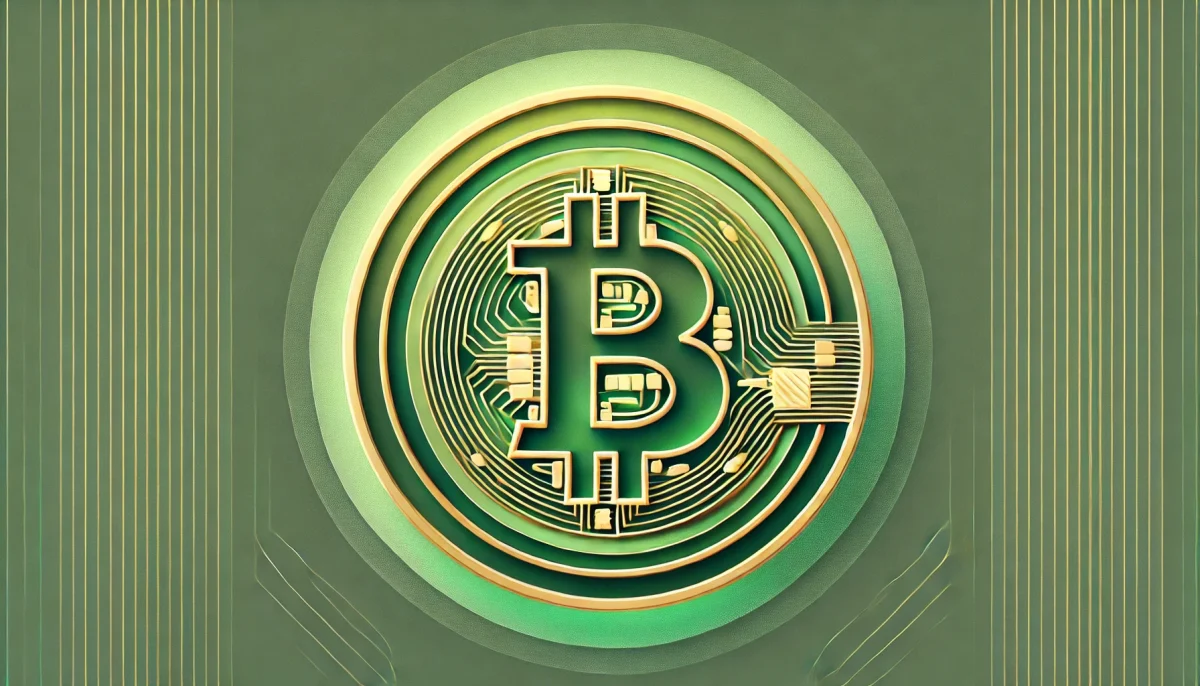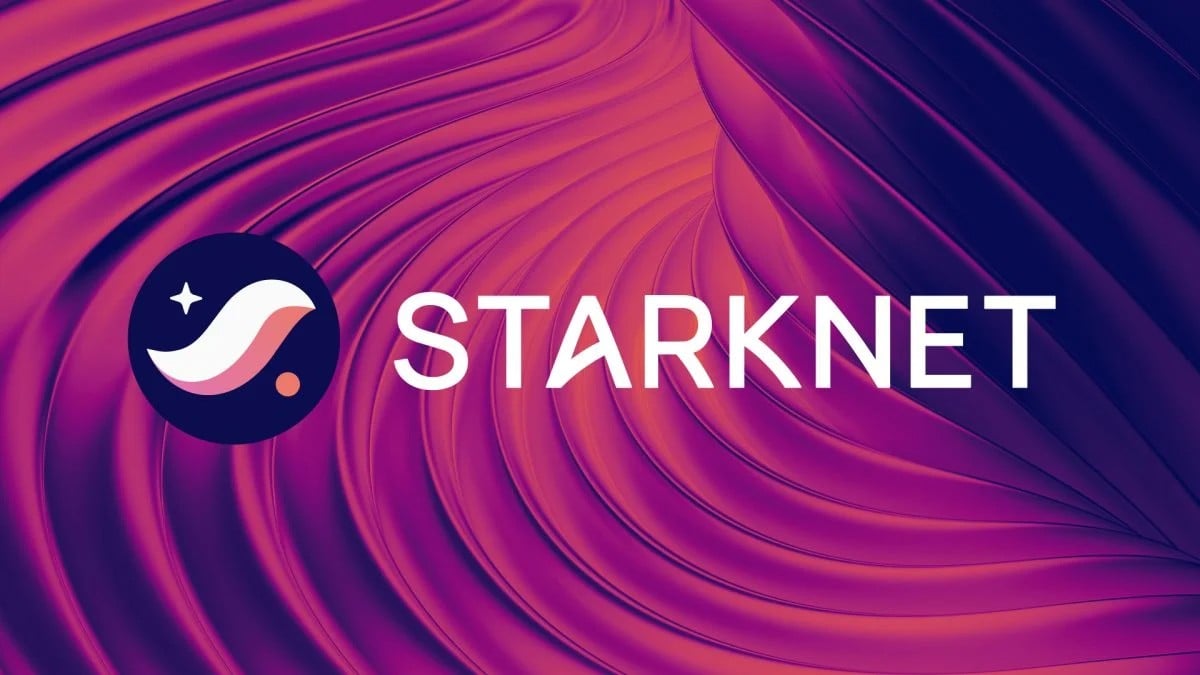Market Prophet Tom Lee Discusses the Future of Ethereum and Solana, Shares His Predictions
 2025/06/28 21:40
2025/06/28 21:40Famous economist and Fundstrat founder Tom Lee stated that the strongest product of the cryptocurrency markets is stablecoins. Lee said that stablecoins are widely accepted not only in the digital world but also in the real world, and that developments in this area increase the value of blockchains such as Ethereum.
According to Lee, stablecoins have reached a total market cap of $250 billion as of today, and growth in this area is still in its infancy. Stablecoin issuers earn interest on the collateral deposited (usually in US dollars), but this income is not yet shared with users. This makes the stablecoin business model very attractive to banks, payment companies, and large retailers.
Stablecoin usage offers significant advantages for sellers, especially in terms of low transaction costs and eliminating risks such as “chargeback”. It also provides access to a wide range of users who do not use credit cards. Lee said that 80% of stablecoin transaction volume occurs outside the US, with Singapore, Hong Kong and Japan accounting for 40% of this volume. He noted that USDT is traded above $1 in some countries and is even used in real estate transactions.
Stating that the US government also adopted stablecoins due to two main structural benefits, Lee said that the first of these is the global dominance of the dollar:
- USD accounts for 27% of global GDP,
- 57% of the central bank reserves,
- 88% of liquid financial markets,
- It constitutes 100% of stablecoins.
He argued that as more assets are traded on the blockchain, demand for stablecoins will increase, which in turn will increase global demand for dollars.
The second benefit is that stablecoins are now the 12th largest holder of US Treasury bonds, with Tether (USDT) holding more US bonds than even Germany.
According to Lee, stablecoins are at the “front end” where financial services and crypto meet. New generations of users expect their banks to be crypto-friendly. This has led institutions like Robinhood, Circle, Coinbase, JPMorgan and Goldman Sachs to integrate cryptocurrencies into their balance sheets. In this context, assets like Bitcoin (BTC) and Ethereum (ETH) are also expected to play an important role.
Ethereum stands out as the layer-1 blockchain where the majority of stablecoins are minted. The majority of real-world assets (such as stablecoins, tokenized stocks, and real estate) are traded on Ethereum. Today, 30% of Ethereum network fees come from stablecoins. According to U.S. Treasury Secretary Scott Bessent’s prediction, the stablecoin market could exceed $2 trillion. This would mean a 10x increase in Ethereum’s network revenues.
Lee noted that these developments present great opportunities not only for Ethereum (ETH) but also for other layer-1 projects like Solana (SOL) and companies that “hold crypto in the treasury” that generate returns through staking.
Disclaimer: The content of this article solely reflects the author's opinion and does not represent the platform in any capacity. This article is not intended to serve as a reference for making investment decisions.
You may also like
Recent Bitcoin Drop Driven by Speculators, Not True BTC HODLers — Samson Mow

STRK Price Outlook: Zcash Connection Sparks Bullish Breakout for Starknet

Stellar Leverages LayerZero to Power a Unified Cross-Chain Value Network — $800M for Under $1 in Fees

Litecoin Founder Reflects on 14 Years of Innovation as LTC Gears Up for a Bullish Breakout
